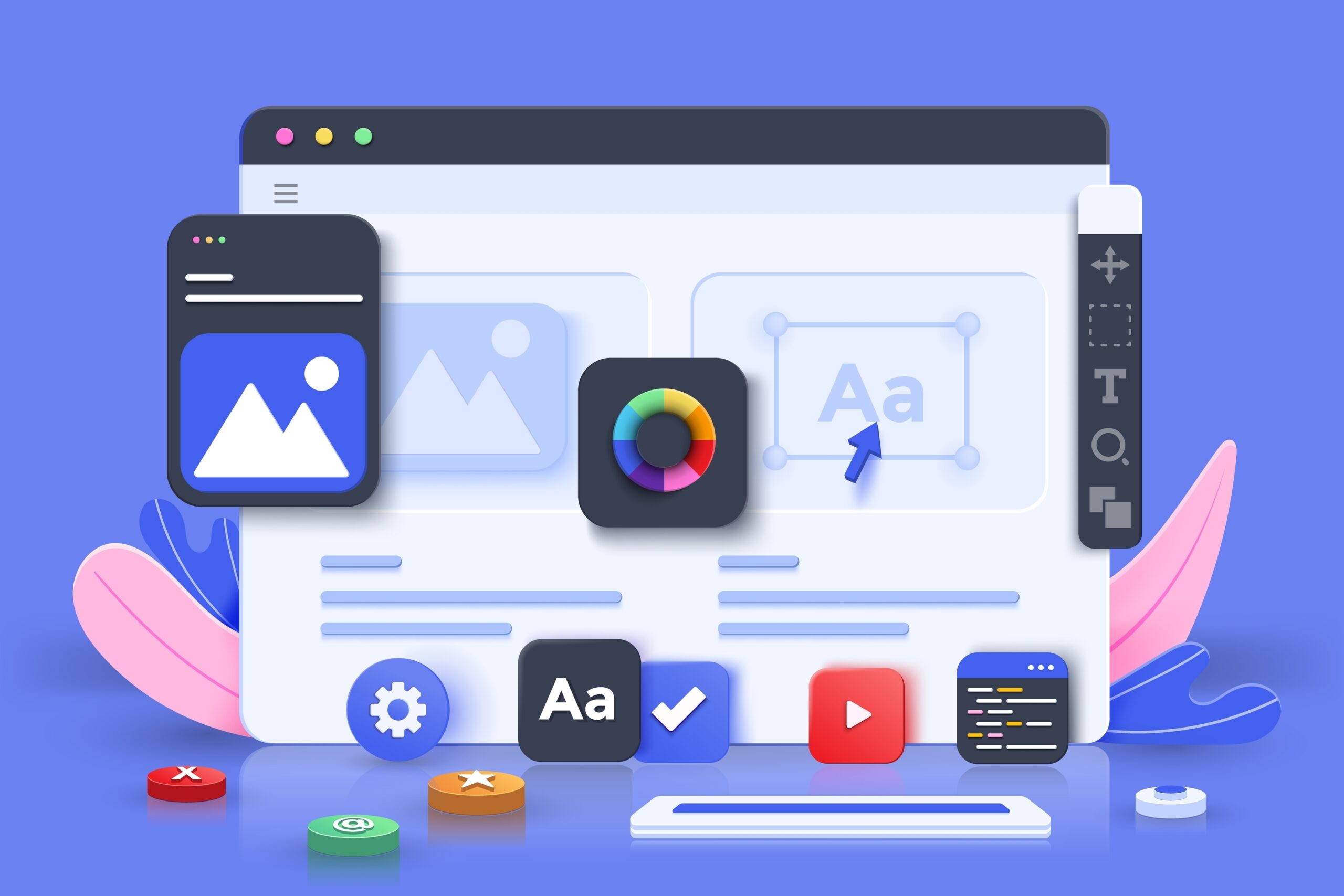Mobile optimization is a set of techniques and strategies for adjusting your website or app for use across devices. When done correctly, users don’t even notice that it’s happening. But businesses need to put careful thought and consideration into it.
Mobile optimization isn’t as straightforward as it sounds. Devices are constantly changing and evolving. What started as just showing websites on a cellphone has now expanded to include apps, cellphones, tablets, eReaders, and even smartwatches. Creating a mobile-friendly website is more important than ever as more and more users move away from desktops.
Optimization involves adjusting the presentation of your interface to smoothly rotate through various screen sizes, from a large display on the television down to a phone or even a watch. Adjusting the location of images, balancing content, and optimizing your site for different devices is complicated. Let’s look at some of the trends we’ll see moving forward.
Video Content
Video is one of the fastest-growing uses for mobile devices, and it’s getting harder to predict. While YouTube focuses on landscape videos, apps like Instagram and TikTok use portrait views. As a marketing strategy, optimizing video content for mobile helps boost engagement, drive traffic, and improve your SEO.
Sponsored Content
Sponsored content is essential if you want to create a smooth customer experience. Creating compelling headlines, calls-to-action, and rotating through multiple ad variations creates a seamless user experience.
Omnichannel Marketing
Omnichannel marketing is a more holistic approach to marketing than its predecessor – multichannel marketing. It integrates all channels seamlessly to create a unified experience for the user. The goal is to create a consistent and personalized experience for the customer across all channels, both online and off.
Location-Targeted Ads
Location-based ads are what the name implies. It targets specific ads to the user based on their location. The device, typically a phone, tracks the user’s location and triggers advertisements when they enter a specific area, like shopping malls or recreation centers. That’s why if you’re browsing cat trees at the store, you’ll suddenly find them popping up in your ads!
Intelligent Chatbots
Intelligent chatbots use AI and natural language processing (NLP) to communicate. They’re designed to simulate human conversations and can handle more requests than conventional ones. Implementing them on mobile-friendly websites can help you process requests and address issues faster and cheaper than traditional chatbots.
One-Click Ordering
One-click orders have been a massive hit on Amazon, and their success has spurred its use all over the internet. A one-click order uses information already stored in the system – payment information, name, address, and more, to complete the transaction.
Progressive Web Apps
Progressive web apps turn traditional web applications into a more app-like experience for the user. They’re fast, responsive, reliable, and can be installed on a device like a native app.
Voice Shopping
In 2019, Juniper predicted that voice shopping would rise to a whopping $80 billion in 2023. While we won’t know if that prediction was accurate until 2024, the clear trend is a continuing growth in voice shopping across industries.
Mobile Optimization with beMarketing
Mobile optimization should be essential in your marketing strategy, but this is far from an exhaustive list. With the increasing use of mobile devices for browsing and shopping online, keeping websites and ad applications smooth and seamless for the user is vital. At beMarketing, our expert web designers and developers stay up-to-date on the latest trends to keep your company ahead of the competition. When creating a mobile-optimized website, it helps to have a team of experts on your side. Call us at (484) 261-1149 to learn more.













